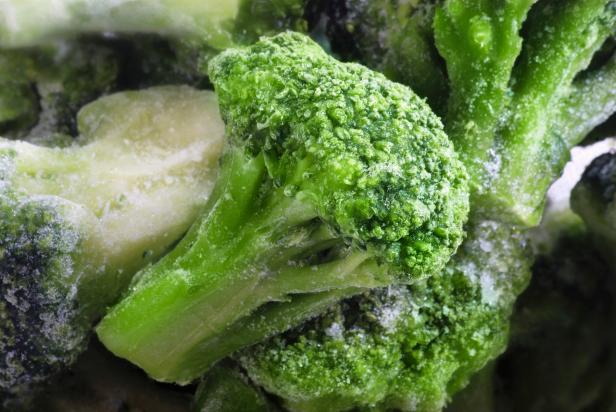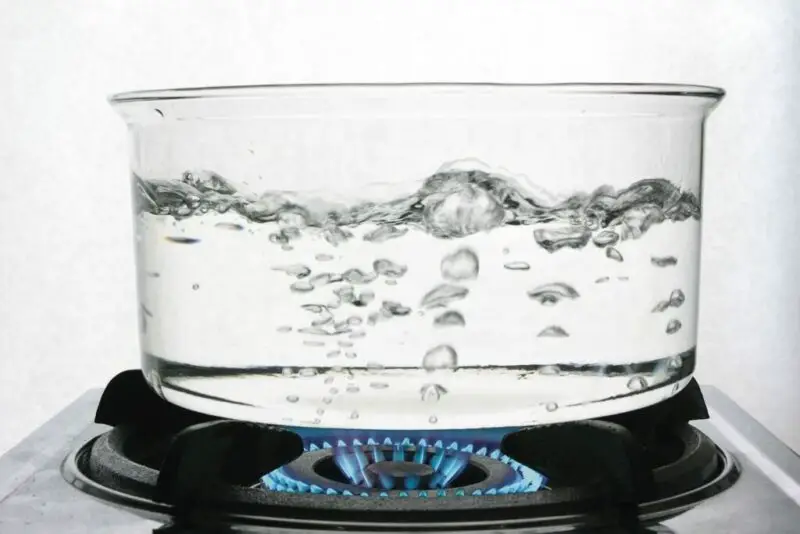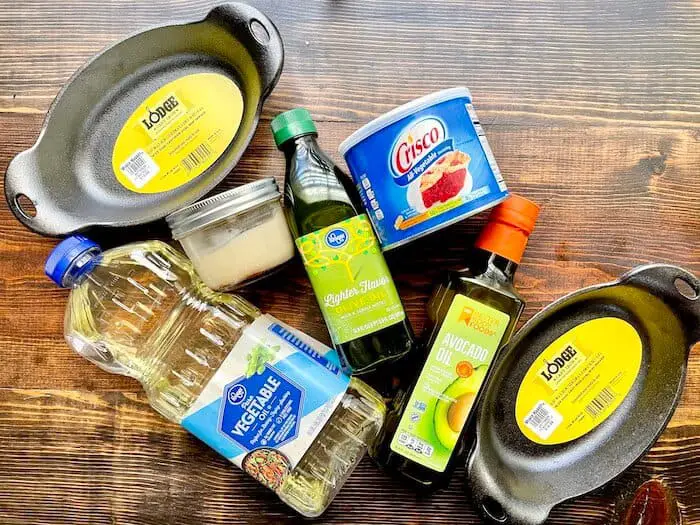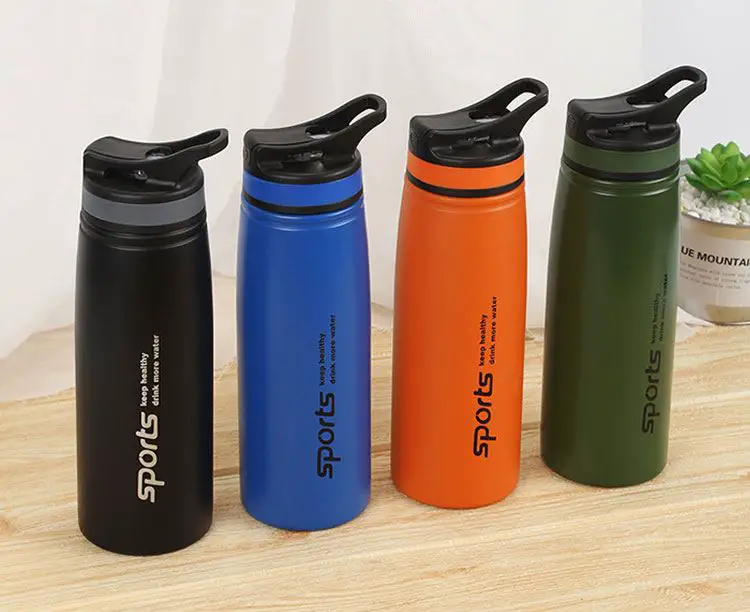Is it Safe to Reheat Cooked Fish?
Fish is undeniably one of the healthiest foods out there. It is packed with vitamins, protein, and healthy fats that are essential for our bodies. With its many health benefits, it’s no wonder why fish has become a staple in many people’s diets. However, the question often arises, is it safe to reheat cooked fish?
The Science Behind Bacterial Growth in Fish
Cooked fish, like any other food item, can be susceptible to bacterial growth which can cause contamination. As soon as fish is caught from the water, bacteria begin to eat away at the flesh and organs of the fish. This process continues until the fish is cooked. Bacteria can grow in cooked fish if not stored properly or if reheated incorrectly.
When it comes to refrigerated storage of cooked fish, “the optimal temperatures should be between 33°F and 40°F” meaning that if the temperature rises above this range bacterial growth becomes significantly more likely.
In addition to storage temperatures, other factors that contribute to bacterial growth in cooked fish include:
- The length of time the fish has been out at room temperature after being cooked before it was stored.
- If the fish was left in a warm environment after being cooked and not immediately refrigerated.
- If an individual has touched either surface of the fish with their fingers.
The Risks Posed by Eating Contaminated Fish
Consuming undercooked or improperly stored fish poses several health risks. The main risk that arises when consuming contaminated fish is Histamine poisoning. Histamine poisoning occurs when fish is not stored at low enough temperatures. Histamine develops when certain bacteria in fish multiply to higher levels than usual or when fish is improperly frozen and undertreated for parasites. When fish eat these organisms, their bodies convert the histidine amino acids into histamine. This can happen quickly and ordinarily will accompany a visibly spoiled catch.
Other toxins frequently found in contaminated seafood include ciguatera toxin from reef fish, saxitoxin from shellfish harvested during toxic algal blooms, and scombrotoxin from decomposing dark-meat fish such as tuna or mackerel. These toxins can cause a range of symptoms such as nausea, vomiting, dizziness, confusion, and even paralysis.
Ways to Properly Store Fish
As previously discussed, storing cooked fish properly is essential to prevent contamination. Here are some tips for properly storing leftover cooked fish:
- The cooked fish should be placed in an airtight container and stored in the refrigerator at temperatures between 33°F and 40°F.
- If you are planning not to eat the fish within two days after it was cooked, it should then be stored in the freezer at temperatures less than or equal to 0°F.
- Label the container with the date it was cooked and/or frozen so that you can keep track of how long it has been stored.
- If traveling with leftover fish, it should be kept cool in an insulated container or ice-packed cooler until reheated and eaten.
Methods for Reheating Cooked Fish
Reheating cooked fish requires special attention to ensure that it is safe to eat. Improper reheating can cause bacterial growth which can lead to illness. Here are different methods for reheating cooked fish:
Microwave Method
The microwave method can be a quick way to reheat cooked fish. Here are the steps to follow:
- Place the cooked fish in a microwave-safe dish.
- Add a small amount of water and cover the dish with plastic wrap or a microwave-safe cover to trap steam and moisture.
- Microwave on high for 30 seconds at a time. Check the temperature of the fish using an instant-read thermometer, ensuring that it reaches 145°F before consuming it.
- If the fish has not reached the necessary temperature after one minute, continue microwaving in 30-second intervals until fully cooked.
Stovetop Method
The stovetop method can be used to reheat any type of cooked fish, including fillets, steaks, and whole fish. The steps to follow are:
- Preheat your skillet over medium-high heat.
- Brush the skillet with oil or butter, then add the cooked fish into the pan.
- Heat each side for 3-4 minutes or until fully heated through. Be sure to use an instant-read thermometer to ensure that it is heated through to 145°F before consuming it.
Oven Method
The oven method is best for reheating larger amounts of cooked fish. Here is how to do it:
- Preheat your oven to 350°F.
- Place the leftover cooked fish in an ovenproof dish and add a little bit of liquid (such as water or broth) to prevent it from drying out.
- Cover the dish with foil and bake the fish for 15-20 minutes or until heated through to an internal temperature of 145°F.
Is It Safe to Reheat Cooked Fish?
The Centers for Disease Control and Prevention (CDC) guidelines for reheating fish have established: ” Properly stored leftover cooked seafood should be reheated to 165 degrees F before eating. Foods are considered safe if they reach this temperature and are held there continuously for a certain amount of time.”
Despite those guidelines, there still seems to be some controversy surrounding the safety of reheating cooked fish. Some people believe that having a fish smell when reheating or eating the fish is an indication of bacterial growth, but this is not always true. This smell may be attributed to oily fish or preserved methods such as smoking. However, it is always essential to consider the date, storage conditions and freshness of the fish before consuming it.
Others believe that it is better just not to reheat cooked fish at all so that there is zero risk of food poisoning. While it’s reasonable to take extra cautionary measures, it doesn’t have to prevent you from enjoying freshly reheated cooked fish all over again whenever desired.
Best Practices for Reheating Cooked Fish
To ensure that your cooked fish is safely reheated every time, consider these best practices:
- Never reheat more than once. Once you’ve already reheated leftovers once, you should dispose of any uneaten portions instead of storing them in the fridge.
- Avoid using slow cooker or deep-frying methods when reheating cooked fish as these methods may lead to uneven heating and inconsistent temperatures.
- If unsure whether or not your cooked fish has spoiled or gone bad, throw it away and play it safe. Not worth it to gamble with your health.
- Always use an instant-read thermometer when cooking fish to ensure that the temperature reaches 145°F.
Foods That Pair Well With Cooked Fish
Cooked fish is a versatile food that pairs well with various healthy sides. Here are some fantastic options:
- Leafy Greens such as Kale or Spinach Salad.
- Sautéed or Roasted Vegetables including broccoli, carrots, cauliflower, or Brussels sprouts
- Whole Grains such as quinoa or brown rice.
- A Side of Fresh Fruit, such as mango or papaya
Eating a balanced meal is important when enjoying seafood, and incorporating healthy sides and portions helps provide your body with essential nutrients for optimal health.
Benefits of Incorporating Fish in Your Diet
Incorporating fish in your diet presents numerous health benefits. Here are some of them:
- Good source of omega-3 fatty acids, which help maintain heart health and cognitive function
- High in protein while being low in calories, making it efficient for those seeking to lose weight
- Packed with vitamins and minerals such as vitamin D and calcium,
Conclusion: Final Thoughts on Reheating Cooked Fish
While reheating cooked fish has become somewhat of a sensitive topic as there is very little consensus on whether this action can be considered safe or not. With this article’s information, we recommend considering factors like storage conditions and freshness before reheating any cooked fish left overnight or more than two days old to reduce any potential health risks.
For best results when reheating fish, use an instant thermometers to track your fish’s temperature while reheating and aim for 165°F/ 73.9°C before serving. Be sure to store leftover cooked fish correctly by following the guidelines we discussed: between 33°F – 40°F for up to two days or less than or equal to 0°F if storing it longer. If there is any uncertainty that the fish may have gone bad, take the safe route and discard it instead of risking contamination and acute food poisoning.
In conclusion, while cooked fish offers numerous health benefits, maintaining proper storage and reheating techniques are crucial to ensuring that you’re keeping yourself safe and in good health.
Is it Safe to Reheat Cooked Fish?
1. Can I reheat cooked fish?
Yes, it is perfectly safe to reheat cooked fish as long as you follow proper reheating guidelines to avoid the growth of harmful bacteria.
2. What is the best method for reheating cooked fish?
The best method for reheating cooked fish depends on the type of fish and your personal preference. You can microwave, bake, grill, or pan-fry your leftover fish for a quick and easy meal.
3. How can I tell if my leftover fish has gone bad?
If your leftover fish smells funky, has a slimy texture, or changes color, then it might have gone bad and should not be eaten. When in doubt, dispose of it instead of risking foodborne illness.
4. How can I avoid overcooking my reheated fish?
To avoid overcooking your reheated fish, use a meat thermometer to ensure the internal temperature reaches 145°F (63°C). Also, make sure to cover your dish to retain moisture and prevent the fish from drying out during the reheating process.







